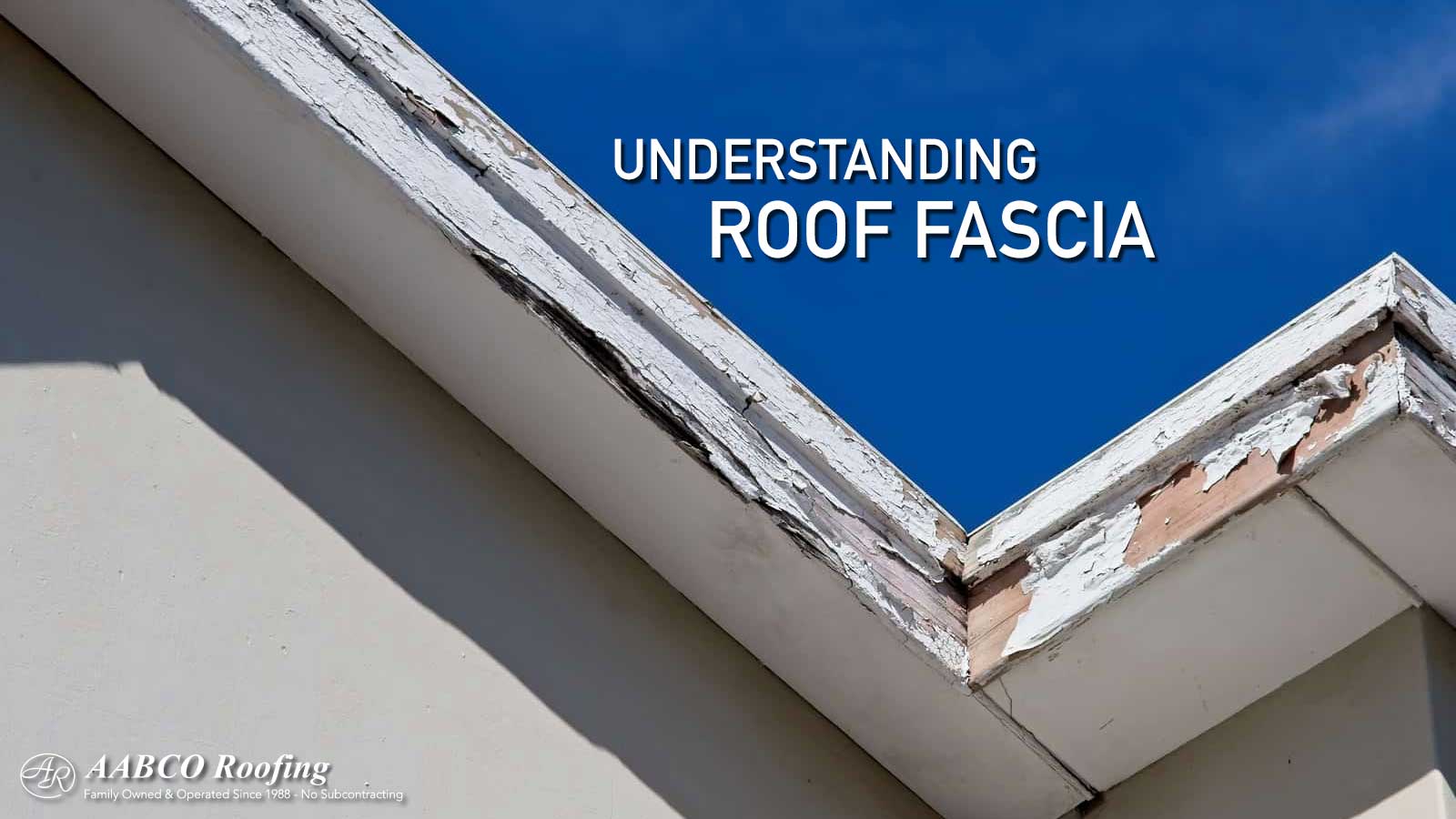
The fascia is an important component of your home’s roofing system. It is important to understand why this is, how the fascia contributes to your roof’s overall structure and all the common roofing problems that fascia is typically associated with.
What Is Fascia?
The fascia is a vertical band under a roof edge and is visible from outside your home. It forms the finishing edge where the roof has its gutter attached. Older homes often do not have fascia at all.
Though most commonly made from wood, fascia can also be made from aluminum, vinyl, and plastic. Recently, homeowners have been choosing fascia made from synthetic materials because they are low maintenance and very durable. There are also more eco-friendly options available, with fascia made from entirely recycled materials.
What Does Fascia Do?
- Fascia acts as a layer between the outdoors and the edge of your roof. This layer protects any wood, as well as the entire roof and house interior, from water damage. Extreme weather conditions will affect your roof in many ways – fascia helps hold off any ill effects and keep your home dry.
- Fascia keeps birds, squirrels, and bats out of your roof.
- Fascia disguises your attic ventilation.
- Fascia plays an aesthetic role by creating a smooth and even appearance for the roof’s edge.
Common Fascia Problems
Every home has all sorts of roofing problem areas, and the majority of these are caused by extreme weather conditions.
Fascia becomes vulnerable to damage when water makes its way behind the fascia board. This happens when gutters are clogged, tiles have the incorrect overhang and drip edge metal is damage.
Protecting Your Fascia Board
Install A Drip Edge
A drip edge must be installed to prevent fascia damage. This should be part of every roof installation, as it is part of the Florida building code.
A drip edge is an L-shaped piece of metal that is attached to the decking of the roof and sits right below the first layer of shingles. This keeps water away from the fascia board, prolonging its lifespan.
Keep Your Gutters Clean
A blocked gutter may not seem like it needs your full attention right away, but when water backs up, it goes to your fascia board before it goes anywhere else.
Have your gutters inspected and cleaned annually to make sure nothing is clogging up the system and risking damage to your fascia. You can have your fascia inspected around the same time of year, and make sure there is no peeling paint, and that everything is sealed and caulked.
Inspect For Fascia Damage
Some fascia damage is easily visible, even to a non-professional. Examine your roof for fascia damage in between your roof inspections. Look for cracks, discoloration, and splinters. Extreme water exposure causes rotten fascia boards to start detaching from your home – which is also easy to see.
Damaged fascia boards should be replaced immediately if you want to avoid any further problems involving roof damage.
Remove Insect Nests
Insects may try building their homes on your home. Periodically check for bee, wasp, and hornet nests in the corner where your walls meet your roof.
If any nests have become extensive, call a professional to have them removed. Risking being stung by removing the nest yourself is a choice you are welcome to make – we just don’t think insect stings are fun.
If you suspect your fascia is damaged, contact one of our licensed contractors and we’ll repair it as soon as possible.
